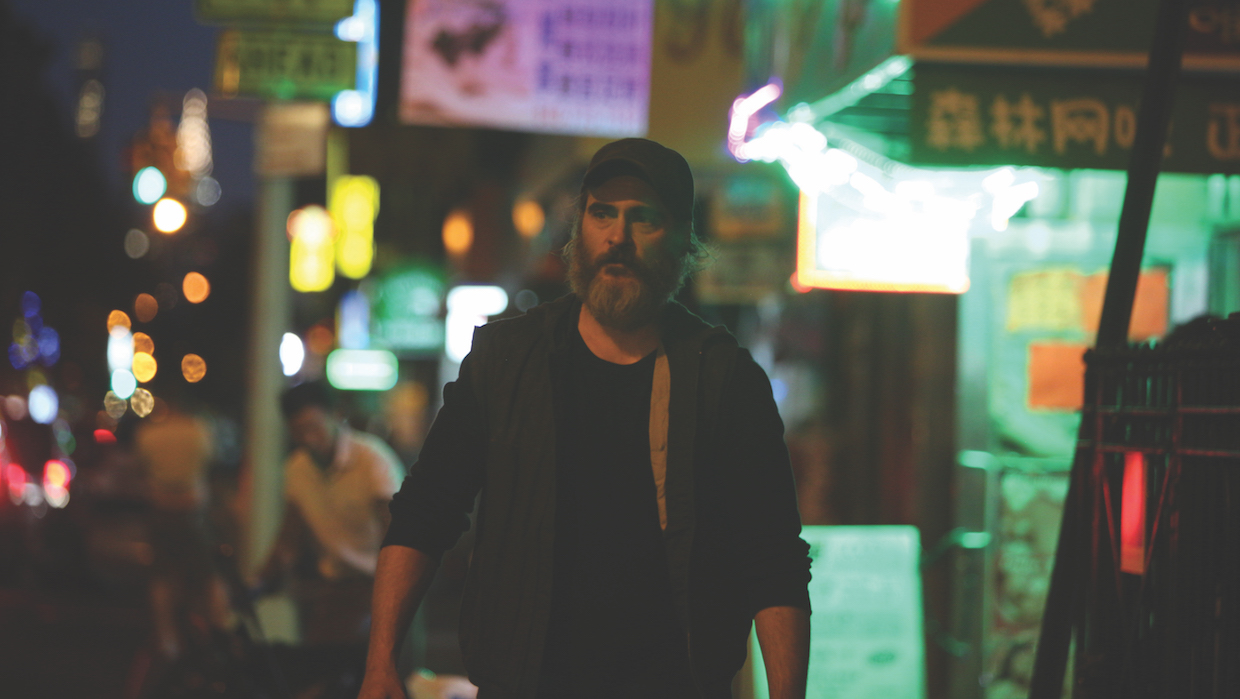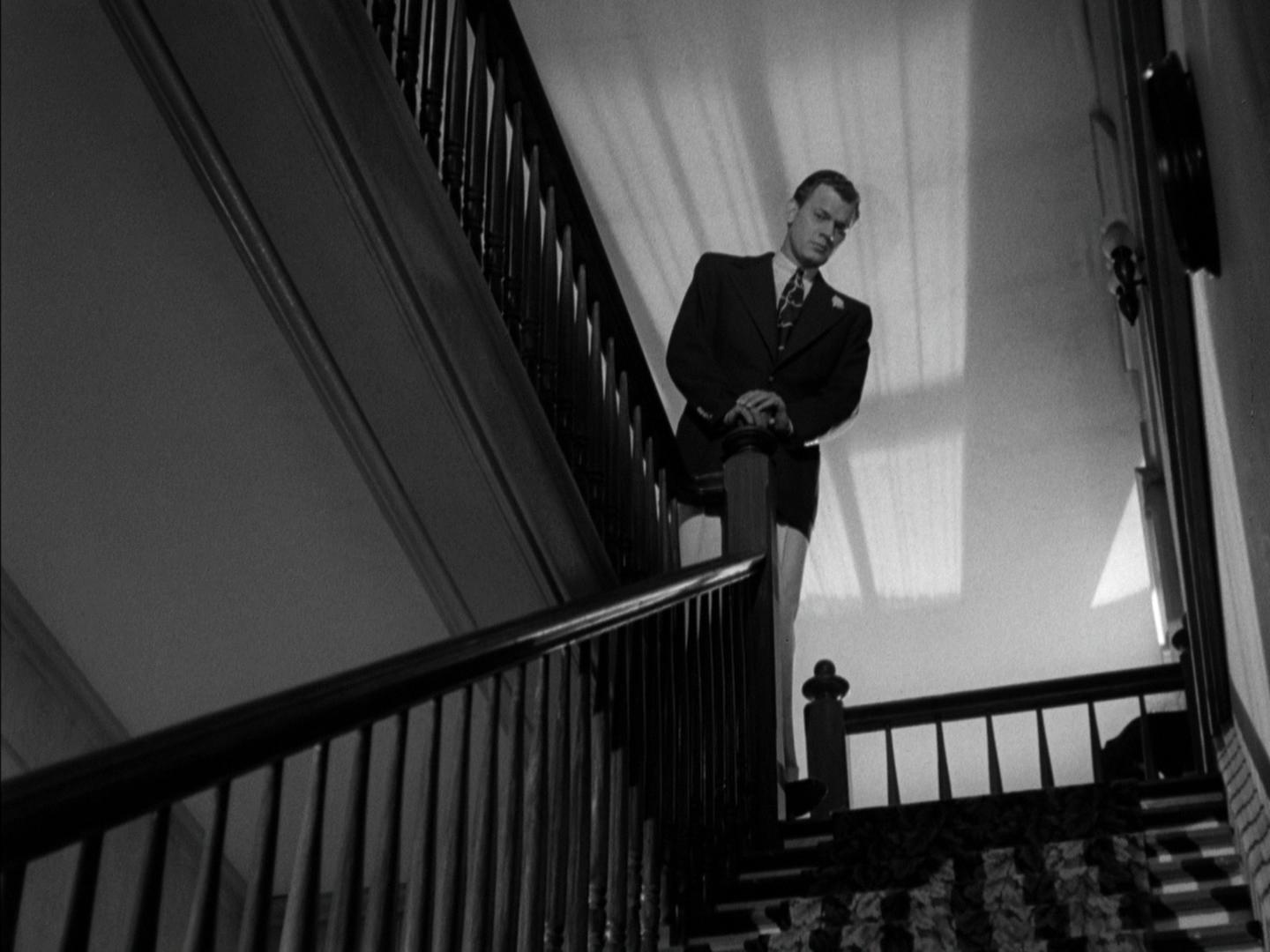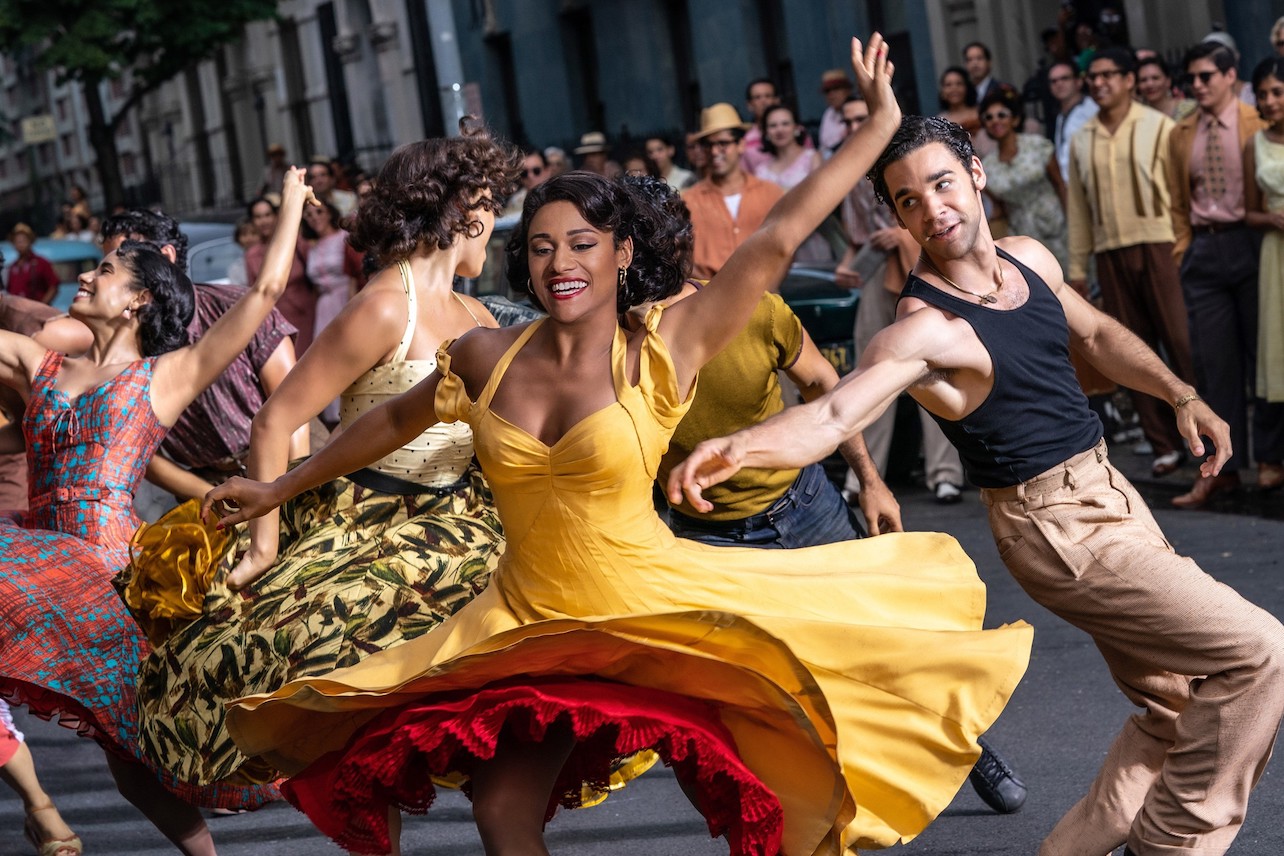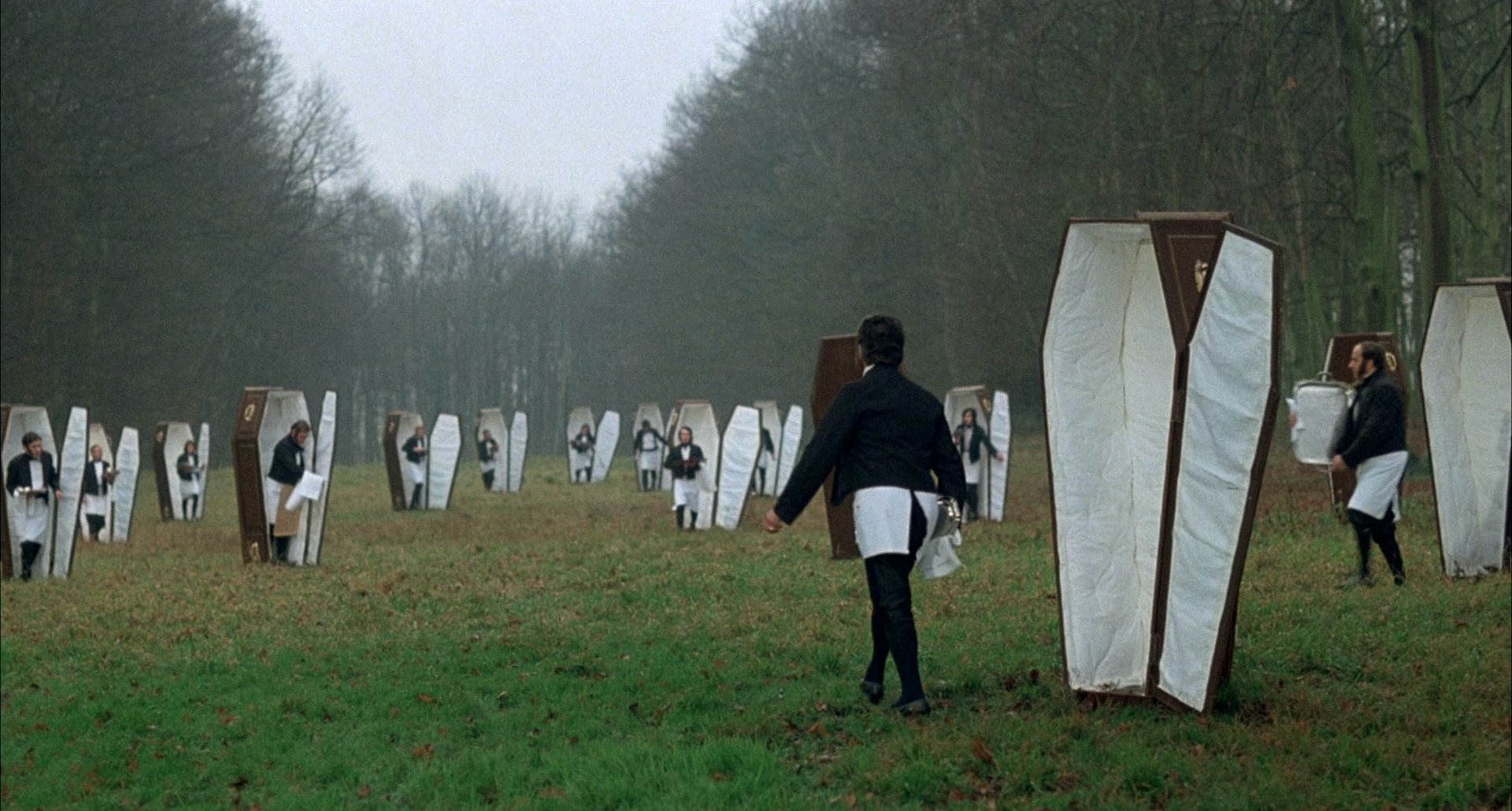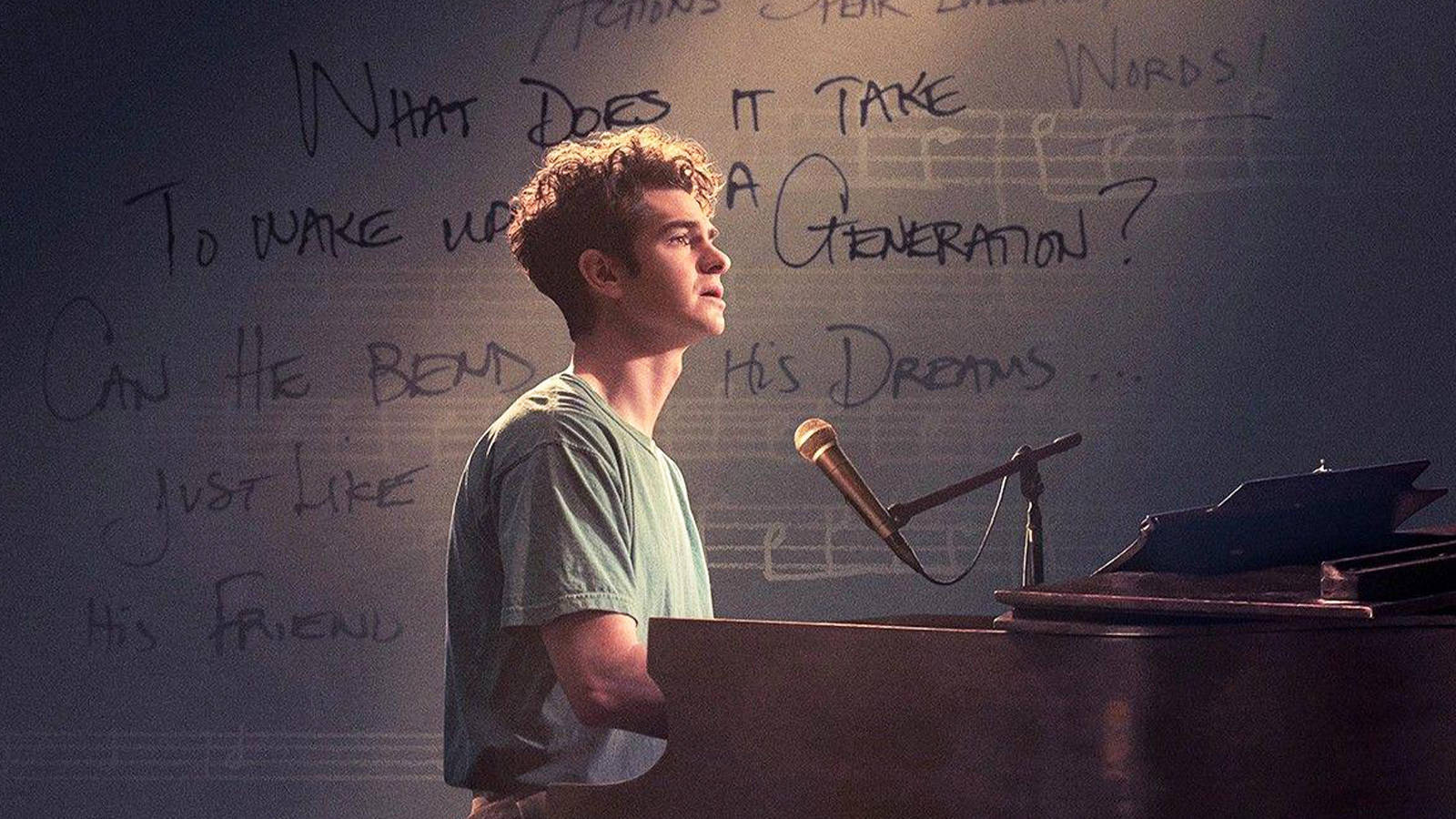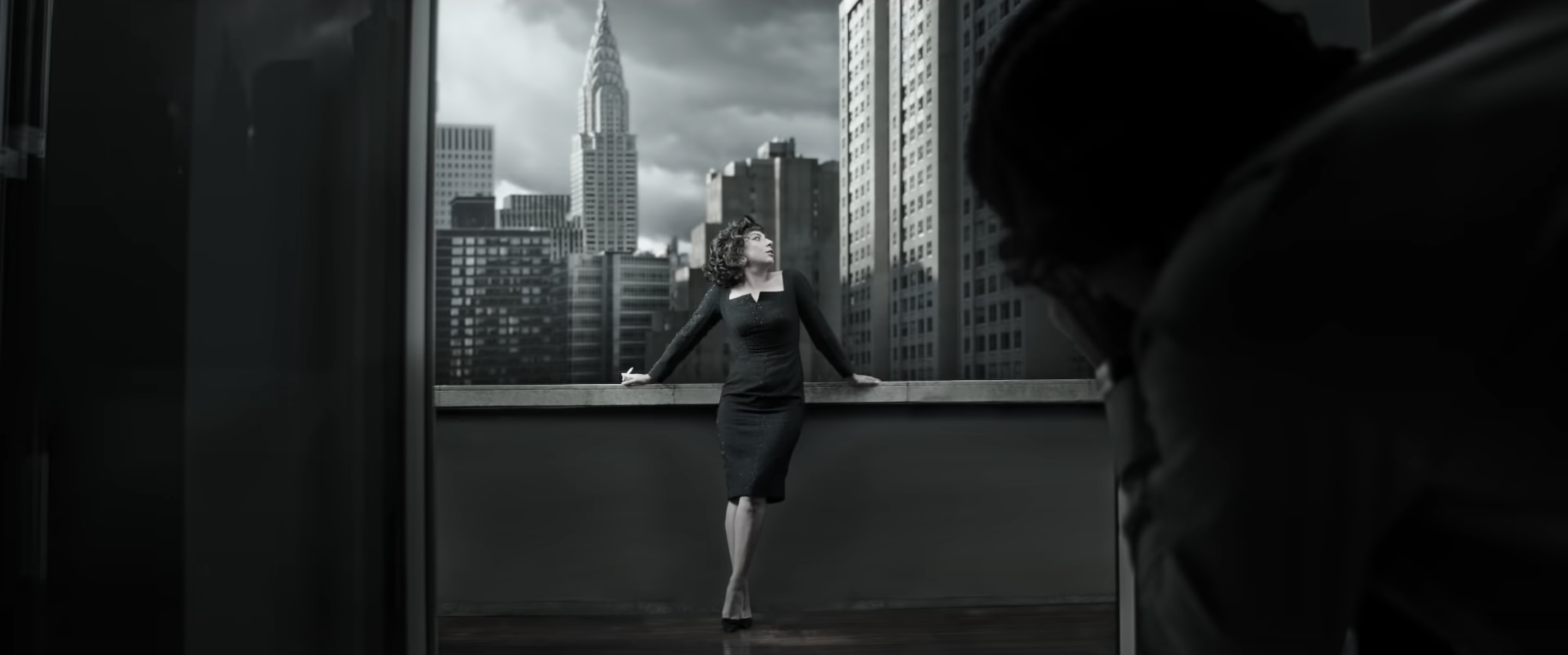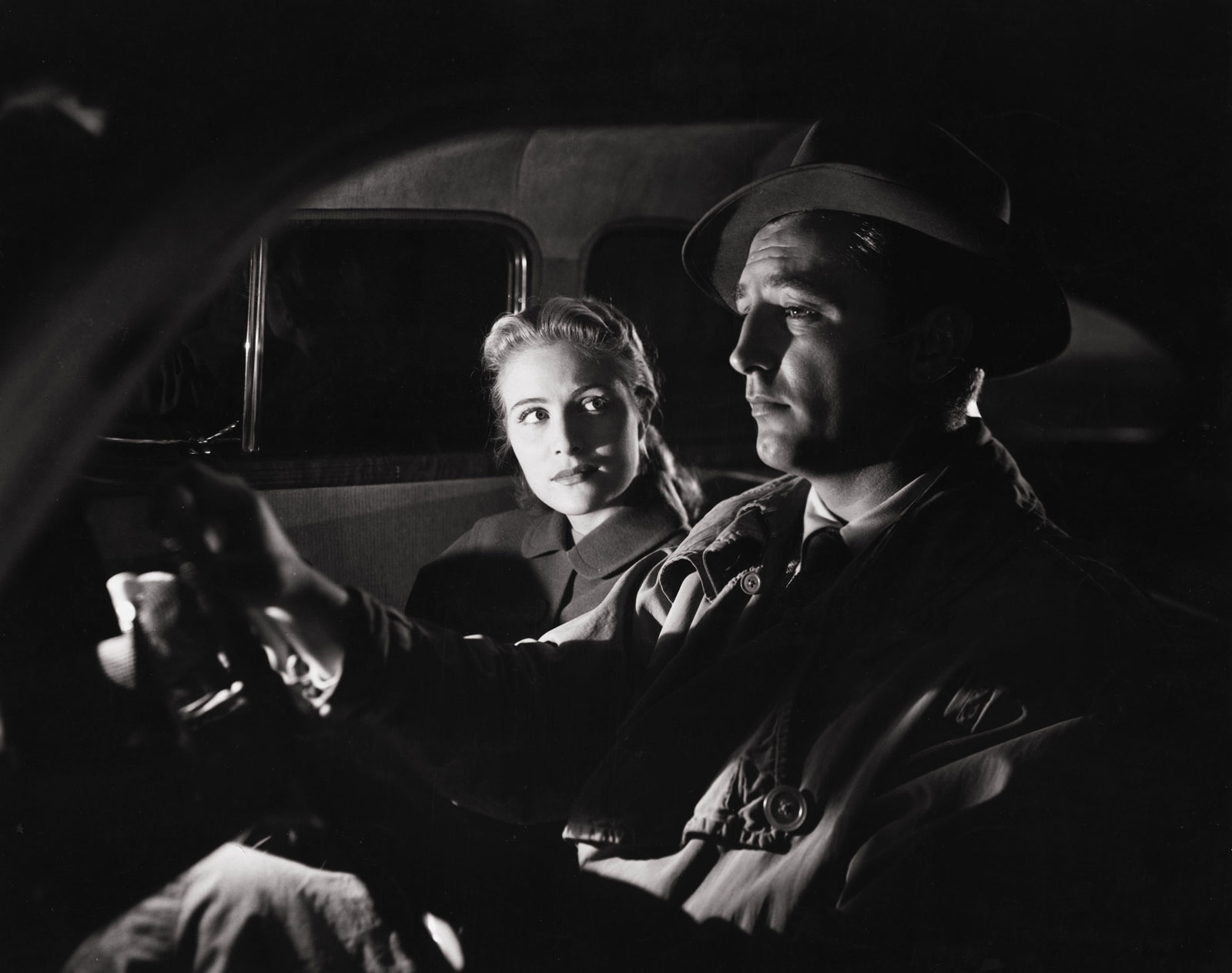You Were Never Really Here (2017)
Lynne Ramsay is far more interested in creating an impressionistic sense of a lonely, disorientated mind out of hypnotic montages than she is in plot in You Were Never Really Here, building ambient rhythms that draw us into the fragmented nightmares of a violent man tasked with rescuing young girls from traffickers.

